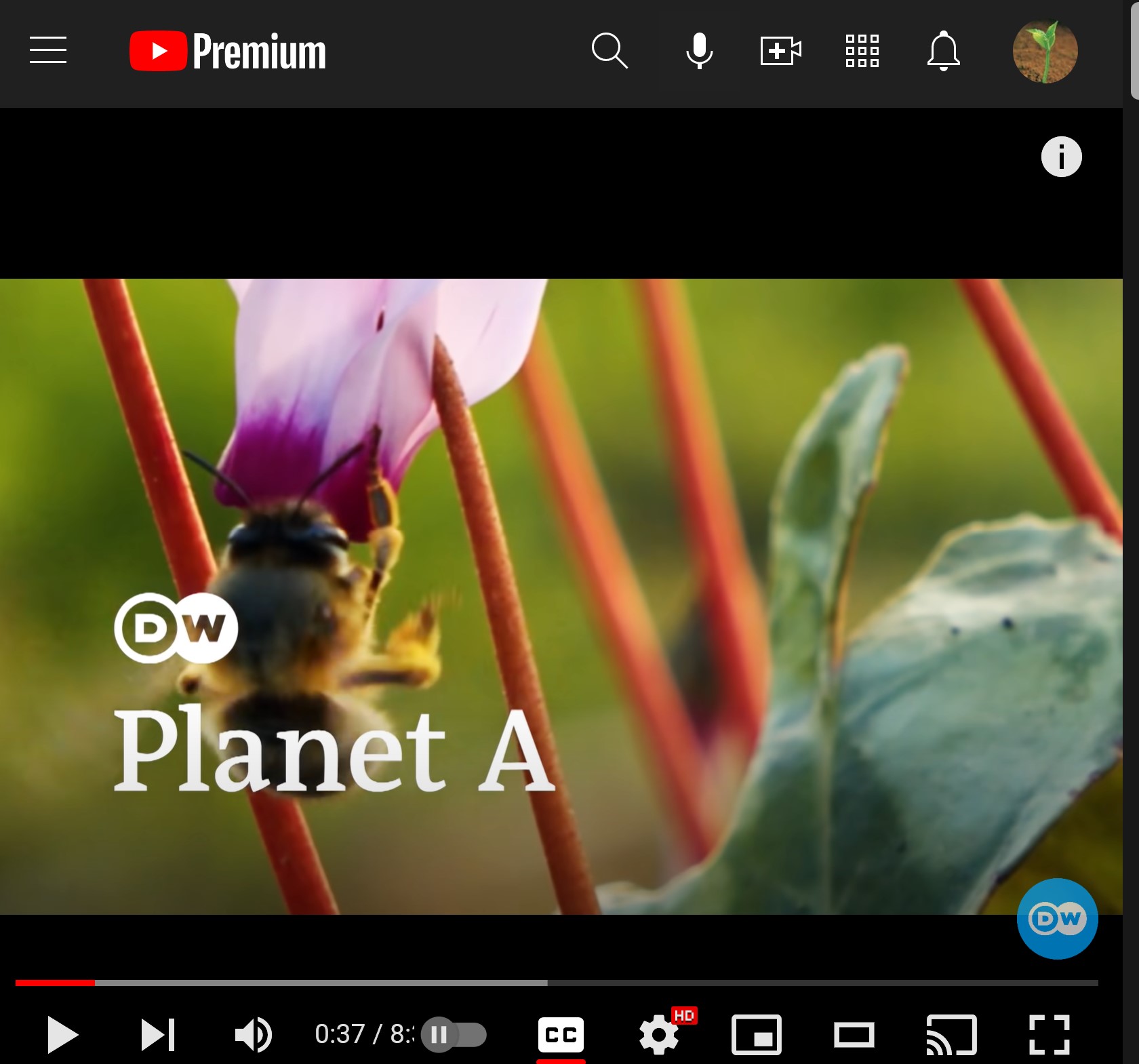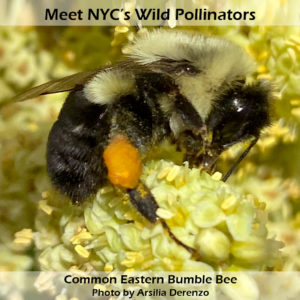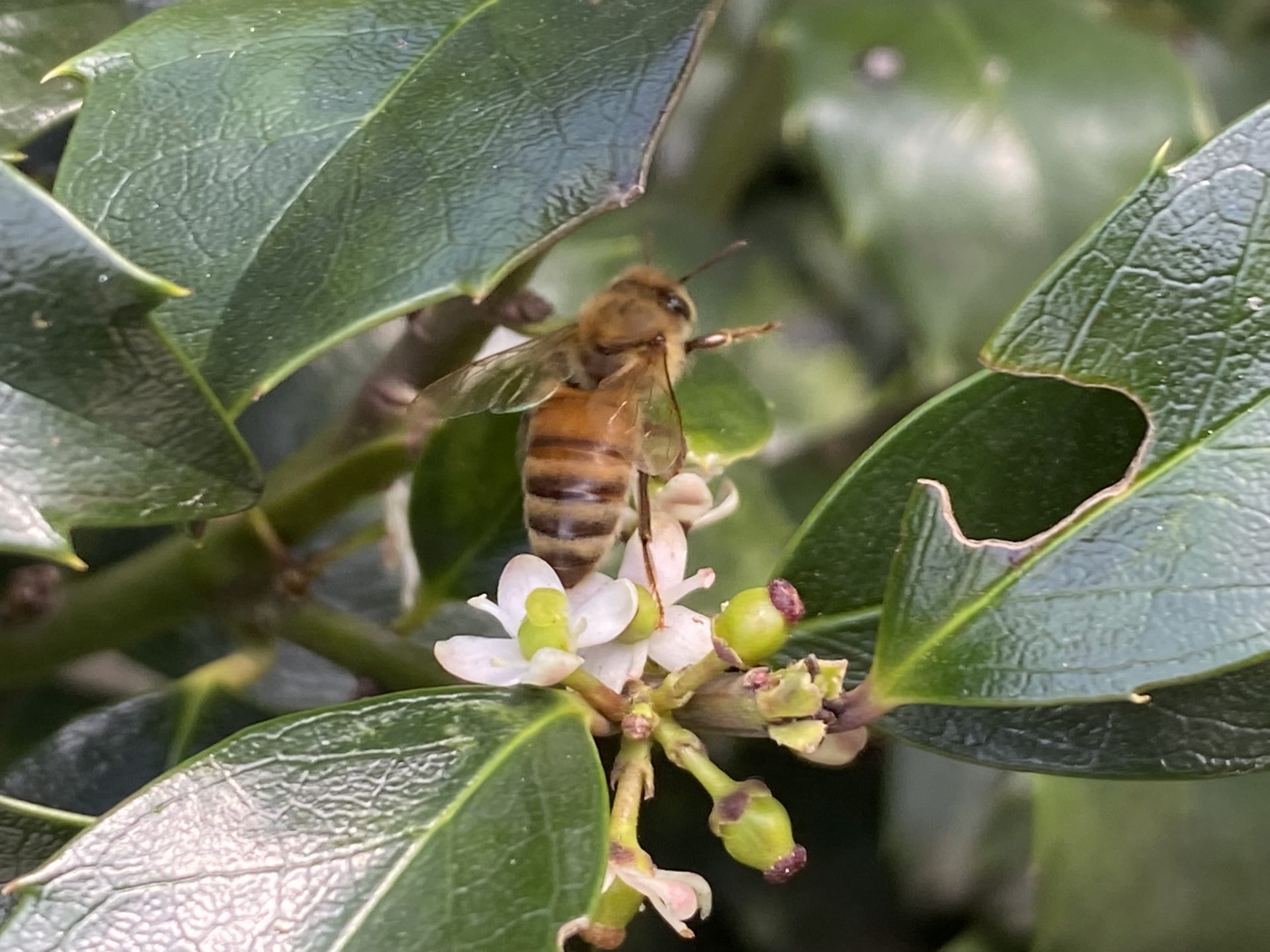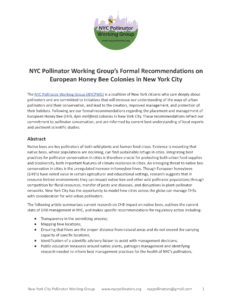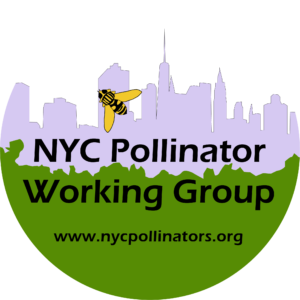Honeybee Policy Summary
While cities – including NYC – and urbanized areas can provide refuge to pollinators, especially bees, which are under threat in other landscapes, European honeybees (EHBs) can be a threat to them where they share the landscape. For these reasons, the NYCPWG Recommendation for Policy on European Honeybees (“EHB Policy”) calls for improved management and regulation of EHBs in NYC.
NYC provides refuge to wild bees against threats they encounter in other landscapes, consistent with research in cities around the world. While NYC has lost nearly 50 species of wild bees historically known to occur here, our city remains home to over 200 species. Wild bees are keystone pollinators, supporting the biodiversity, health, sustainability, and resilience of the nearly 20,000 acres of natural areas in NYC. NYC’s urban agriculture also depends on the abundance and diversity of our wild bees. Some popular crops are most effectively pollinated by bumble bees or specialist bees. Many others show greater fruit set and higher yield when visited by multiple bee species.
EHBs impact wild bees through multiple direct and indirect interactions, such as competition for floral resources (nectar and pollen), and transmission of parasites and disease organisms. These impacts are observable both through reduced abundance of wild bees relative to EHBs, and reduced biodiversity of wild bees. This disturbs and disrupts pollination networks which sustain native plant populations, threatening efforts to maintain NYC’s biodiversity, such as Parks’ Forever Wild AreasNYC legalized beekeeping in 2010, under regulation by the Department of Health and Mental Hygiene (DOHMH). NYC Health Code Article 161 requires anyone keeping bees in NYC to register with DOHMH the locations and number of hives, and keep this information current. DOHMH does not restrict the number or locations of hives. DOHMH does not make any of this information publicly available, yet two-thirds of hives in NYC
may be unregistered.
The EHB Policy recommends the DOHMH more effectively manage the number and locations of apiaries and hives, publicly publish this information, prohibit them where they will impact natural areas or other registered hives, and enforce actions against unregistered hives. The Policy also recommends that all city agencies, as appropriate, support urban pollinator research and public education, promote and expand the use of native plants and pollinator habitats, and reduce insecticide use in all public and private green spaces.
